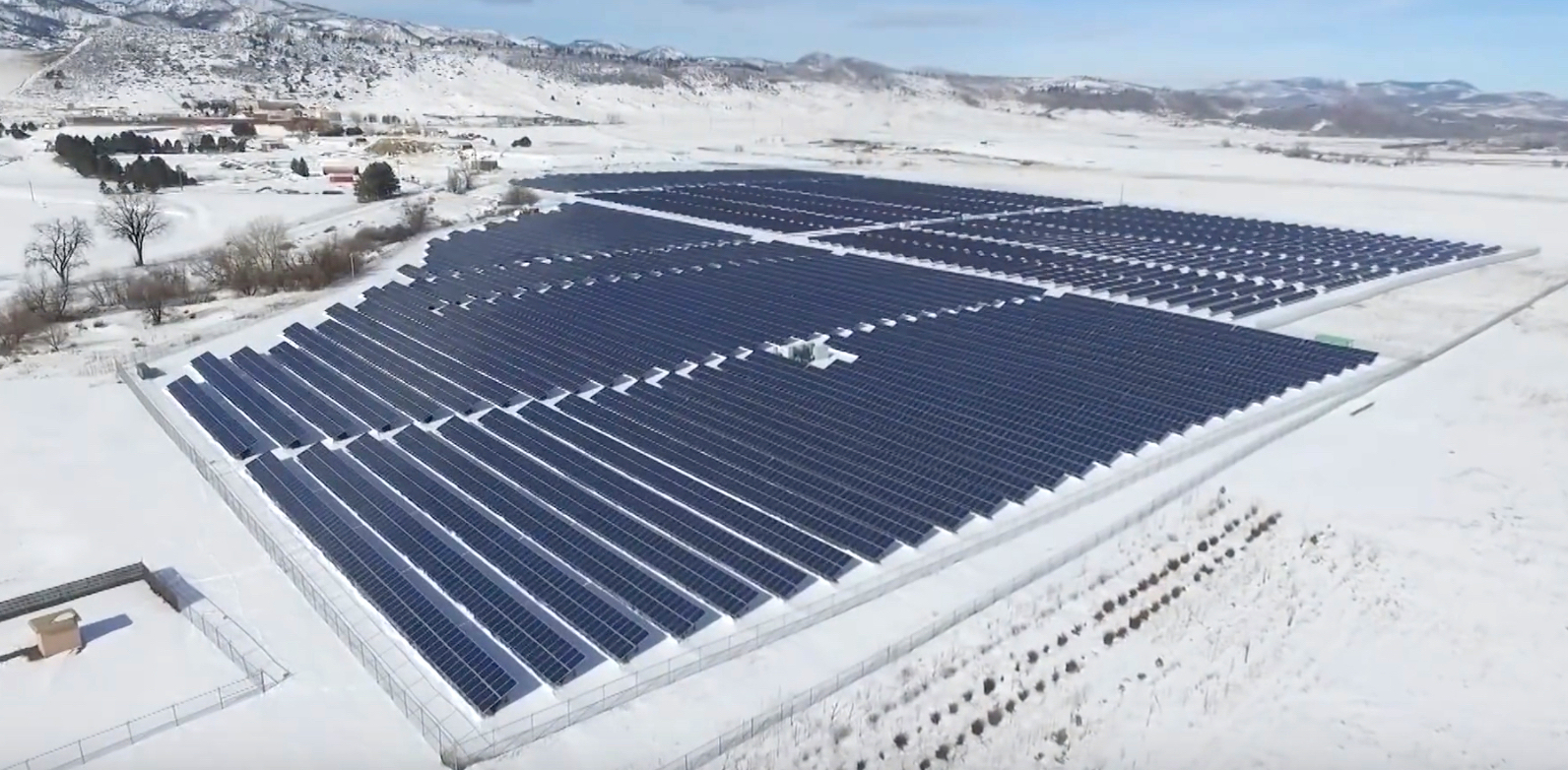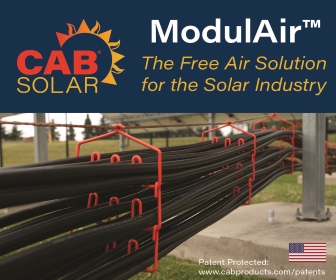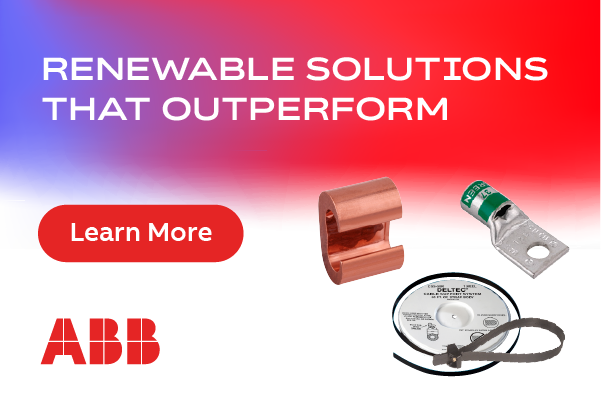How Temperature Affects PV Systems
Many people believe that they need to live in an ideal climate in order to have a solar system installed. While installation and performance are affected by panel location and physical obstructions such as shady trees, ambient temperature is not a barrier to solar adoption.
Solar panels are rated for voltage and amperage output under what we refer to as "standard test conditions", or 25 °C/77 °F with 1000w per square meter of light.Every panel is rated to produce a certain amount of wattage using these test parameters. While climate is not a deal breaker for installation, the output voltage of solar panels isaffected by temperature. But it's not the way the average person may think. In fact, in cold weather, the voltage will be higher than the panel's rating, while in hot weather the voltage output will be lower. For example, a 300w panel with a VOC of 40v would be around 47v at -22 °F, not an uncommon winter temperature in many states.It's a simple concept, but how does that affect our system design, and what problems can it cause?

Pulse Width Modulation (PWM) charge controllers require you match your panel voltage to the battery voltage with little variation, so we'll address Maximum Power Point Tracking (MPPT) charge controllers and their related voltage challenges. MPPT Charge Controllers can be paired with a higher voltage panel or panels, in which case you must be cautious not to exceed the manufacturer's voltage rating.
Charge controllers have a maximum input voltage - go above that and they will sustain damage. It is critical to be aware of this maximum voltage, as well as what the ratings mean for each brand of controller as they vary significantly. For example, some controllers are rated at 200v, but stop producing power at just over 185v; damage will not occur until 200v. Other controllers, however, allow charging all the way to 200v, with an additional non-operational "Hyper VOC" above that voltage, which is still safe for the controller. Be careful though - in most cases, going above the charge controller's rating will void the manufacturer's warranty.
 What does this mean? Many system designers will get as close to this voltage limit as possible to avoid the extra wiring and components needed to combine more strings of PV. This is also why 600v controllers are becoming more popular (although they will see compounded effects of cold weather voltage rise). You must compensate and design for the extreme possible cold temperatures or risk over-voltage damage to your charge controller.
What does this mean? Many system designers will get as close to this voltage limit as possible to avoid the extra wiring and components needed to combine more strings of PV. This is also why 600v controllers are becoming more popular (although they will see compounded effects of cold weather voltage rise). You must compensate and design for the extreme possible cold temperatures or risk over-voltage damage to your charge controller.
Looking at the other temperature extreme, hot weather can cause lower voltage output from your solar panels. If you have designed them toward the higher voltage limit of the controller, this will not be a concern. On the other hand, if you designed the panels to remain close to battery bank voltage (in an effort to minimize loss in conversion), you may see that your charge controller fails to come out of resting mode when it is hot outside. This happens because most MPPT controllers require 130 percent of the target battery charge voltage in order to come out of resting. For example, while an equalization charge for a 48v battery might be 62v, you would actually need 62x1.3 - or a minimum of 81 volts - from your panels to properly charge your batteries on a hot day.
How does climate affect batteries? The ideal situation would keep all batteries at a consistent temperature, in a climate-controlled environment. In the real world, however, that's not always possible. With so many compositions available, it's difficult to simplify any discussion of batteries. Suffice to say, most typical battery chemistries require a higher voltage charge when they are cold than they do when they are warm. This is generally accomplished by setting a temperature compensation in your charge controller. Lithium is an exception. Lithium batteries do not typically require temperature compensation for charging, but they do have difficulty operating in freezing temperatures. Case in point, some lithium manufacturers state that exposing their batteries to freezing temperatures will void the warranty on those batteries.
Explaining some of the reasoning behind design decisions and describing some of the technical requirements to customers can help them understand their system better. This involvement encourages them to take an active role in caring for their investment, which leads to higher satisfaction with their solar installation
Remember to note all of your manufacturer's specifications and take care to design within them. Being aware of the effects of temperature on each element of the solar system allows you to create the most functional, efficient, and long-lasting system possible.
Susanna Cole, North American Sales Manager for MidNite Solar. MidNite Solar produces a wide range of alternative energy products, including charge controllers, battery-based systems, and combiner boxes.
MidNite Solar | www.midnitesolar.com
Author: Susanna Cole
Volume: 2019 May/June










.png?r=1979)

